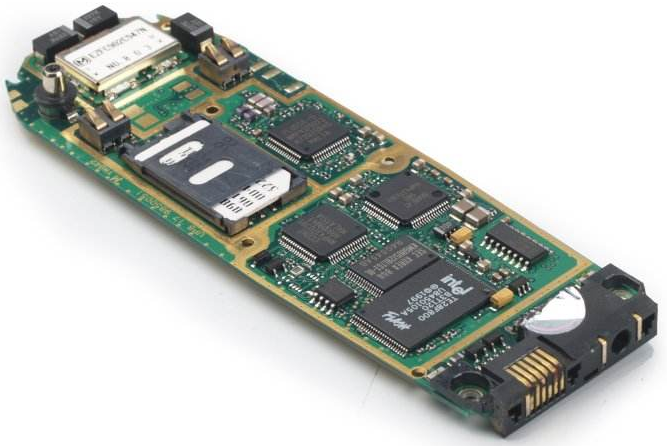RF PCB design is often described as a kind of “black art” because there are many uncertainties in theory. However, this view is only partially correct. There are many rules that can be followed and rules that should not be ignored in RF PCB design. The following is a summary of the conditions that must be met when designing RF layout of mobile phone PCB board.
1. 45 ° angle should be adopted at the corner of transmission line to reduce back loss
2. High performance insulation circuit board with insulation constant value strictly controlled by levels should be adopted. This method is conducive to the effective management of the electromagnetic field between the insulation material and the adjacent wiring.
3. To improve the PCB design specification of high precision etching. Consider specifying a total line width error of +/-0.0007inches, managing undercut and cross sections of wiring shapes, and specifying plating conditions for wiring sidewalls. The overall management of wiring (conductor) geometry and coating surface is important to solve the skin effect problem related to microwave frequency and realize these specifications.
4. There is tap inductance in the protruding lead, so avoid using components with lead wire. In high frequency environments, surface mount components are preferred.
5. For the signal vias, it is necessary to avoid using the via processing (PTH) process on the sensitive board, because this process will lead to lead inductance at the via.
6. To provide rich ground plane. These ground planes should be connected by moulded holes to prevent the influence of 3D electromagnetic field on the circuit board.
7. Choose non electrolytic nickel plating or gold immersion plating process, do not use HASL method for electroplating. This electroplated surface provides a better skin effect for high frequency currents. In addition, the high solderability coating requires less leads, which helps to reduce environmental pollution.
8 solder mask prevents solder paste from flowing. However, due to the uncertainty of the thickness and the unknown insulation properties, the whole board surface is covered with solder mask, which will lead to a great change of electromagnetic energy in microstrip design. Solder dam is generally used as solder mask. The electromagnetic field. In this case, we manage the transition from microstrip to coaxial cable. In a coaxial cable, the ground wire layers are circular and evenly spaced. In microstrip, the ground plane is below the active line. This introduces some edge effects, which need to be understood, predicted and considered in the design. Of course, this mismatch will also lead to back loss, which must be minimized to avoid noise and signal interference.

